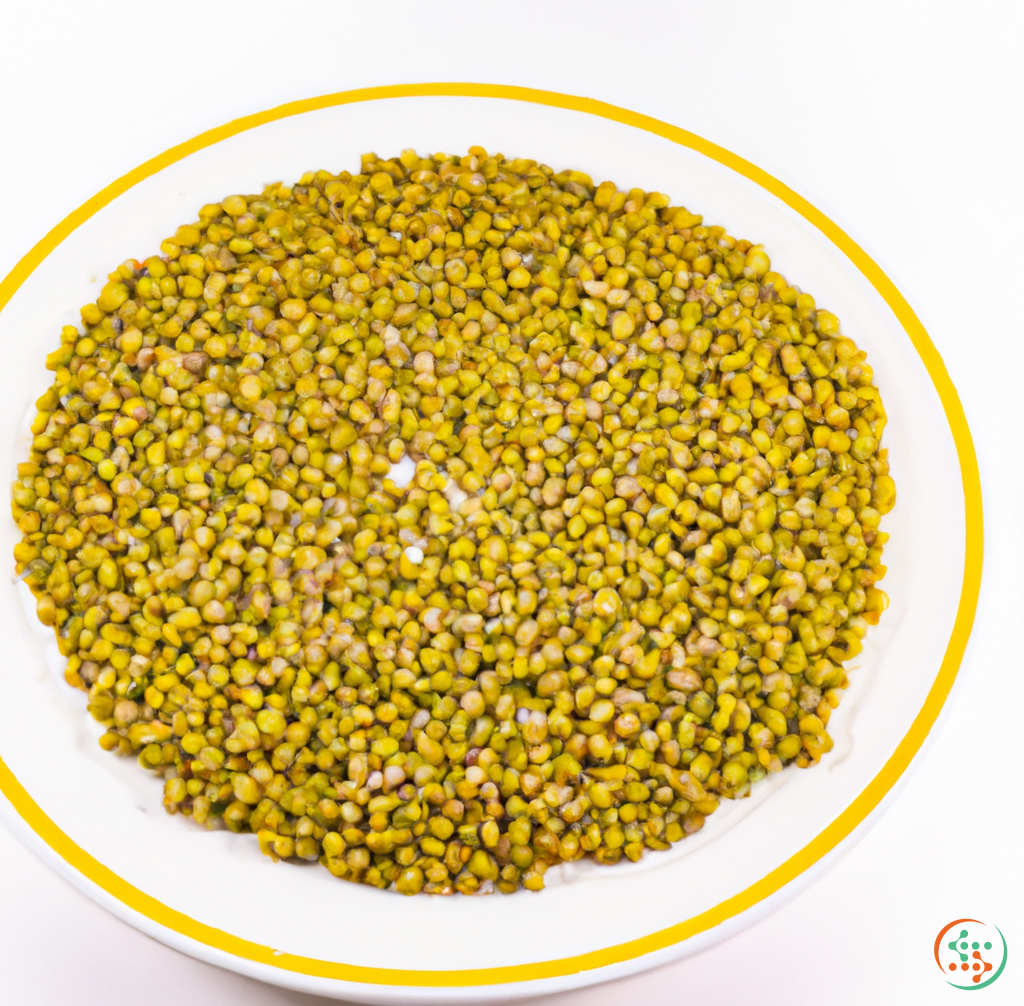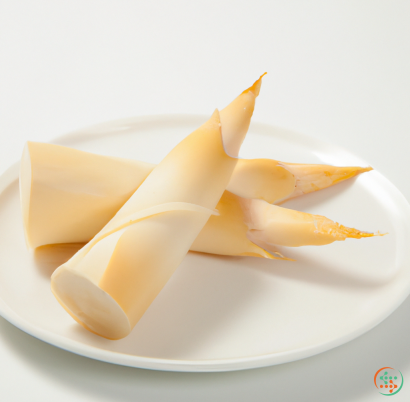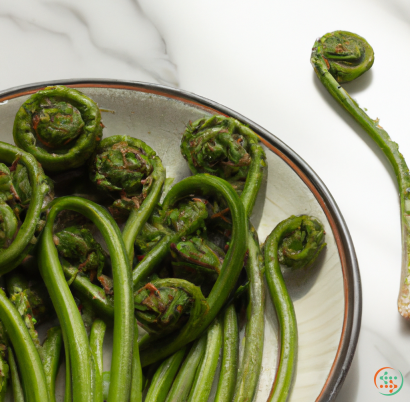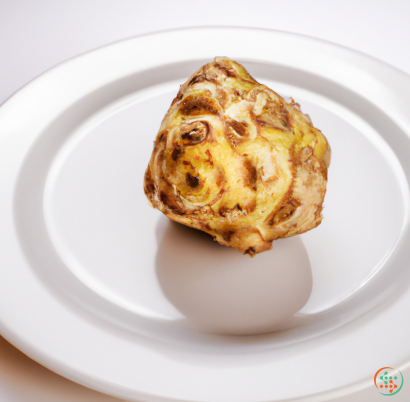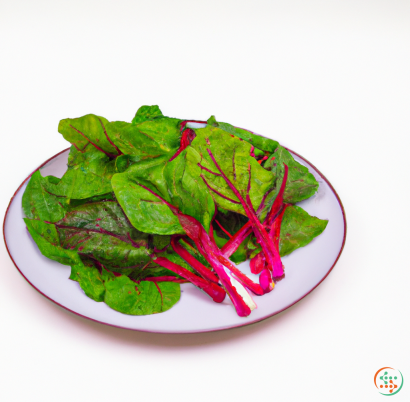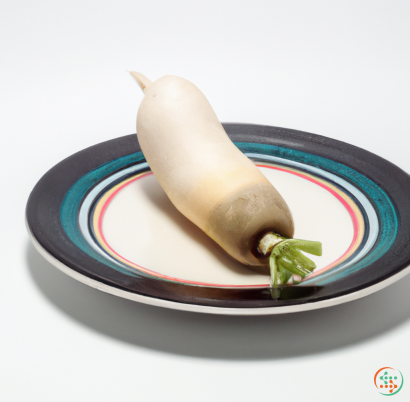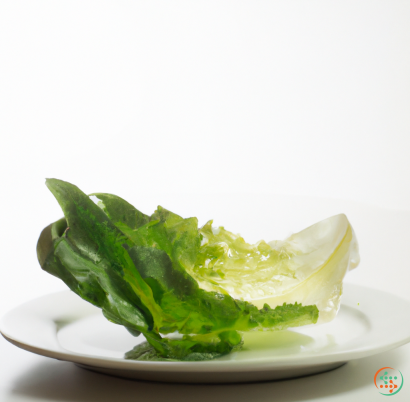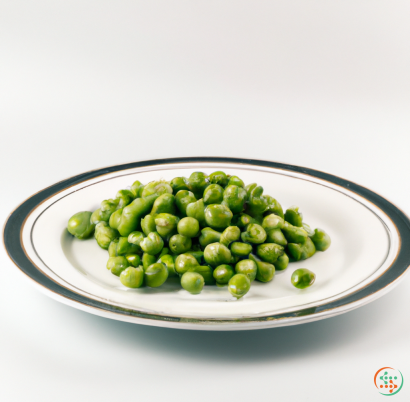Mung Beans
Mung beans, known botanically as Vigna radiata, are small, dark green legumes that have been eaten for thousands of years in India and other parts of Southeast Asia. They are gaining in popularity in other parts of the world as well due to their many health benefits and culinary versatility.
What Are Mung Beans?
Mung beans are the seeds of a plant in the legume family. They are a small, pea-like bean, about 1/4 inch in diameter, that range from dark green to yellow with a traditional mottled pattern. Mung beans are typically consumed sprouted or cooked, then used in salads, soups, stews, stir-fries, curries, and even desserts. They have a mild, nutty flavor and a soft, starchy texture.
Nutritional Benefits
Mung beans are a good source of many essential vitamins and minerals, including B vitamins, iron, magnesium, phosphorus, potassium, zinc, and manganese. They are incredibly high in fiber (around 10-12 grams per cup) and protein (15-20 grams per cup), making them an especially healthy choice for vegetarians and vegans. They are also low in fat, cholesterol-free, and sodium-free.
Mung beans contain a variety of beneficial phytonutrients, including flavonoids and phenolic acids, which may have anti-inflammatory and antioxidant properties. There is also evidence that mung beans may help support healthy blood sugar levels, digestion, and weight management.
Health Benefits
Mung beans can provide a variety of health benefits due to their nutrient-dense profile. They are particularly beneficial for cardiovascular health, as they are high in fiber, can help reduce cholesterol levels, and may help regulate blood pressure. Their high levels of soluble fiber may also help reduce the risk of developing type 2 diabetes.
Mung beans are also said to reduce the risk of certain types of cancer. Their antioxidant properties may help lower the damage caused by free radicals and slow the growth of cancer cells. Additionally, mung beans contain compounds called isoflavones, which have been linked to decreased risk of some types of cancer.
In addition to their cancer-fighting properties, mung beans may also promote digestive health. Their high fiber content can help keep the digestive system running smoothly and reduce symptoms of constipation and bloating. Additionally, the nutrients in mung beans may help strengthen the gut lining, which can help reduce the risk of digestive disorders and chronic inflammation.
Using Mung Beans
Mung beans are incredibly versatile and can be used in a variety of dishes including salads, soups, stews, stir-fries, curries, and even desserts. To prepare them, you simply need to rinse them and drain them before cooking.
For a simple way to enjoy mung beans, try making a basic mung bean soup. To do this, first sauté garlic and onions until they're softened. Then add rinsed and drained mung beans, as well as a few cups of vegetable broth. Simmer for 15-20 minutes until the beans are cooked through. You can enjoy the soup as-is or puree it for a smoother texture. For an extra flavor boost, try adding in a few spices like cumin, turmeric, or coriander.
Mung beans are also delicious in stir-fries. Simply sauté some vegetables of your choosing with garlic and ginger, then add in cooked mung beans. Top with some roasted nuts or seeds for even more flavor.
Finally, mung beans are great for sweet recipes too. You can use cooked mung beans to make delectable desserts like pies, custards, and even ice creams.
Mung beans are a delicious, nutritious, and versatile addition to any diet. They are an excellent source of fiber, protein, vitamins, and minerals and can provide a variety of health benefits. Try incorporating them into your meals today!
Mung beans, also known as green gram, mungo, moong, mash bean, and golden gram, are an economically important legume native to India and East Asia that are now cultivated in many other regions of the world. This small, round bean is prized in many cultures for its taste, ease of cooking, and nutritional value. In this blog post, we will take a scientific look at the process of how mung beans travel from field to fork.
From Seed to Plant
Mung beans come from the mung bean seed, a small, oval-shaped bean. Like all legumes, the mung bean contains embryonic plants in the form of cotyledon seeds within its shell. After being planted into the soil, the mung bean seed is exposed to the warm temperatures and moist levels that the crop needs to germinate and grow. Within 3 days of the seed being planted, the primary root, which is the first part of the plant to emerge from the soil, breaks through its protective layer.
The mung beans reach full maturity at 80-90 days. As it matures, the roots of the mung bean plant grow and spread, anchoring the plant firmly in the soil while absorbing moisture and nutrients. The root system is crowned by a shoot system, which are the stems, leaves and flowers that eventually produce the mung bean pods. Small, round flowers form on the branches of the shoots and after pollinating, they will form pods that contain the mung beans.
Harvest and Post-Harvest
Mung beans are an important crop for smallholder farmers in many parts of the world, and the harvesting process looks different in each region. In India and the Philippines, manual harvesting is often employed. This involves cutting down the large groups of stalks containing the mung beans when the pods are visibly mature and dry, then shaking the pods off the stalk one bundle at a time onto a waiting tarp or sheet.
In other parts of the world, mechanical harvesting may be used. A harvester is a large piece of agricultural equipment with a rotating drum in the front and a collecting bin on the rear. As the machine rolls along the mung beans field, the drums gently knock ripe pods off the dried up plant. The pods are then collected in the bin and immediately transported to a processing facility.
At the processing facility, the mung beans are removed from the pods, cleaned and sorted according to size, shape, and colour. The beans are then either packaged in bulk containers to be sent to larger markets or sold directly in local stores.
From Field to Shelf
After the mung beans have been harvested and processed, they typically travel a long way before they make it to our dinner plates. Mung beans that are grown in India, China, and Southeast Asia, are often loaded onto ships and set sail on a journey to distant ports around the globe. Cargo ships need to stop in ports along their route for refueling and to load and unload containers of goods.
Once the containers of mung beans make it to their final destination, they must undergo customs inspections and various testing protocols before they can be sold to consumers. Following all the necessary checks, the mung beans will finally be transported to local stores, supermarkets and markets. The last stretch of the journey from field to fork is undertaken by the consumer, who purchases the mung beans from the store and brings it home for cooking and eating.
Cooking and Eating
Mung beans are a versatile legume that can be prepared in a variety of ways. They can be boiled, steamed, stir-fried, or even eaten raw. Many people opt to soak their beans overnight and then cook them in order to reduce the cooking time. In India and many other Asian countries, mung beans are a popular ingredient in curries, dal and soups. They can also be sprouted and added to salads, sandwiches and stir-fries.
In addition to tasting great, mung beans are an excellent source of dietary fiber and protein. They also contain a balance of essential amino acids, which are the building blocks of proteins. Mung beans are also a rich source of several vitamins and minerals, including B vitamins, vitamin C, calcium, zinc, iron, and magnesium.
Conclusion
From humble beginnings as a small legume seed planted in the soil, the mung bean takes quite a journey before it makes its way to our dinner plates. Through the hard work of farmers, traders, shippers, and food processing experts, mung beans make their way around the world to be enjoyed by millions of people. Not only are they tasty and nutrient-dense, but they have also been a staple of many cuisine for centuries. The next time you sit down to a delicious meal made with mung beans, take a moment to appreciate all the hard work that went into getting it to your plate.
| Vitamin A | 0.001 mg | |
| Beta-Carotene | 0.014 mg | |
| Vitamin E | 0.15 mg | |
| Vitamin K | 0.0027 mg | |
| Vitamin C | 0.001 grams | |
| Vitamin B1 | 0.16 mg | |
| Vitamin B2 | 0.06 mg | |
| Vitamin B3 | 0.58 mg | |
| Vitamin B4 | 0.0294 grams | |
| Vitamin B5 | 0.41 mg | |
| Vitamin B6 | 0.07 mg | |
| Vitamin B9 | 0.159 mg |
| Calcium | 0.027 grams |
Daily Value 1.3 g
|
| Iron | 0.0014 grams |
Daily Value 0.018 g
|
| Magnesium | 0.048 grams |
Daily Value 0.4 g
|
| Phosphorus | 0.099 grams |
Daily Value 1.25 g
|
| Potassium | 0.266 grams |
Daily Value 4.7 g
|
| Sodium | 0.002 grams |
Daily Value 2.3 g
|
| Zinc | 0.84 mg |
Daily Value 0.011 g
|
| Copper | 0.16 mg |
Daily Value 0.9 mg
|
| Manganese | 0.3 mg |
Daily Value 0.0023 g
|
| Selenium | 0.0025 mg |
Daily Value 0.055 mg
|
| Tryptophan | 0.076 grams | |
| Threonine | 0.23 grams | |
| Isoleucine | 0.297 grams | |
| Leucine | 0.544 grams | |
| Lysine | 0.49 grams | |
| Methionine | 0.084 grams | |
| Cystine | 0.062 grams | |
| Phenylalanine | 0.425 grams | |
| Tyrosine | 0.21 grams | |
| Valine | 0.364 grams | |
| Arginine | 0.492 grams | |
| Histidine | 0.205 grams | |
| Alanine | 0.309 grams | |
| Aspartic Acid | 0.812 grams | |
| Glutamic Acid | 1.256 grams | |
| Glycine | 0.281 grams | |
| Proline | 0.323 grams | |
| Serine | 0.346 grams |
| Total Sugars | 0.131141 grams |
per 100g
|
| Palmitic acid (16:0) | 0.08 grams |
|
| Stearic acid (18:0) | 0.02 grams |
|
| Total Saturated fatty acids: | 0.1 g | |
| Oleic acid (18:1) | 0.05 grams |
|
| Total Monounsaturated fatty acids: | 0.05 g | |
| Linolenic acid (18:3) | 0.01 grams |
|
| Linoleic acid (18:2) | 0.12 grams |
|
| Total Polyunsaturated fatty acids: | 0.13 g | |
